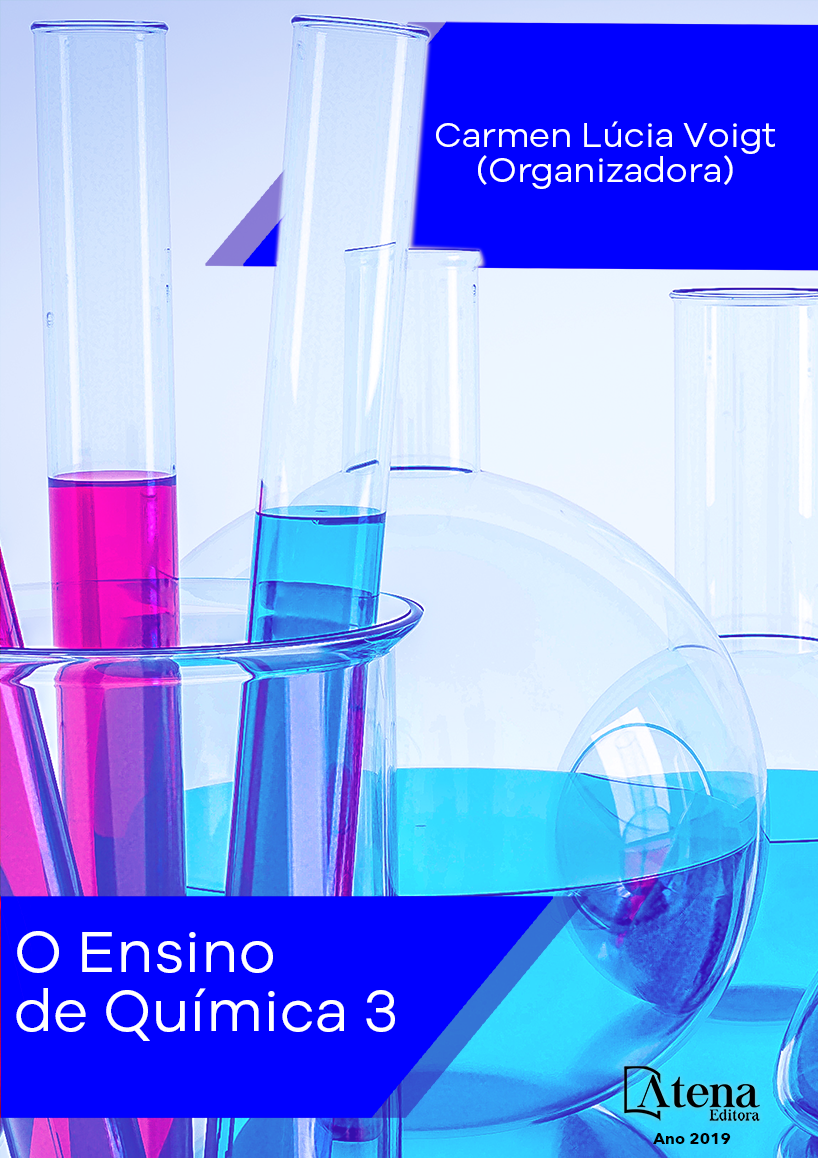
OTIMIZAÇÃO E VALIDAÇÃO DE METODOLOGIA PARA ANÁLISE DE SOLVENTES RESIDUAIS EM RADIOFÁRMACOS POR GC-FID
Os radiofármacos, como o [18F]
Fluoroestradiol ([18F]FES), são compostos sem
ação farmacológica utilizados na tomografia por
emissão de pósitrons (PET) para o diagnóstico
de câncer. Durante o processo de síntese de tais
radiofármacos, etanol e acetonitrila são usados
e as impurezas residuais desses solventes
podem permanecer na formulação final. Este
trabalho teve como objetivo otimizar e validar
um método de análise para a quantificação
de etanol e acetonitrila por Cromatografia
Gasosa com detector de ionização de chama
(GC-FID). Conteúdos relacionados ao ensino
de química, nas áreas de química orgânica e
química analítica, estão incluídos no processo
de radiossíntese e nas etapas de otimização
e validação. Para a otimização, foi utilizado
o planejamento fatorial completo, no qual
foram analisadas as variáveis: temperatura
da isoterma, taxa de split do injetor e fluxo do
gás He. Posteriormente, o método foi validado
de acordo com os requisitos da ANVISA e as
diretrizes do INMETRO. Para etanol, o método
mostrou um intervalo linear de 1,5% v/v a 11,0%
v/v, uma recuperação na faixa de 80-110%
e um desvio padrão relativo máximo (DPR) ≤
5%. Para acetonitrila, o range linear obtido foi
de 0,01% m/v a 0,9% m/v, com recuperação
entre 89% e 105% e DPR ≤ 6%. O método
atende aos requisitos regulatórios e, portanto,
pode ser utilizado rotineiramente no controle de
qualidade do [18F]FES.
OTIMIZAÇÃO E VALIDAÇÃO DE METODOLOGIA PARA ANÁLISE DE SOLVENTES RESIDUAIS EM RADIOFÁRMACOS POR GC-FID
-
DOI: 10.22533/at.ed.9131926042
-
Palavras-chave: radiofármaco; quimiometria; validação de procedimento; controle de qualidade; cromatografia gasosa.
-
Keywords: radiopharmaceutical; chemometrics; validation of procedure; quality control; gas chromatography.
-
Abstract:
Radiopharmaceuticals, such as
[18F]Fluoroestradiol ([18F]FES), are compounds
without pharmacological action, used in
positron emission tomography (PET) for cancer
diagnosis. During the synthesis process of such
radiopharmaceuticals, ethanol and acetonitrile
are used and residual impurities of these
solvents may remain, in the final formulation.
This work intended to optimize and validate an
analysis method for the quantification of ethanol
and acetonitrile by Gas Chromatography with
flame ionization detector (GC-FID). Contents
related to chemistry teaching, in the areas of organic chemistry and analytical chemistry,
are included in the radiosynthesis process and in the optimization and validation steps.
For the optimization, the complete factorial design was used, in which the variables:
isotherm temperature, injector split rate and He flow, were analyzed. Subsequently, the
method was validated according to ANVISA requirements and INMETRO guidelines.
The method showed a linear range for ethanol from 1.5% v/v to 11.0% v/v, a recovery
in the 80-110% range and a maximum relative standard deviation (DPR) ≤ 5%. For
acetonitrile the linear range obtained was 0.01% w/v at 0.9% w/v, with a recovery
between 89% and 105%, and the maximum DPR ≤ 6%. The method showed adequate
to meet regulatory requirements and can therefore be used routinely in the quality
control of [18F]FES.
-
Número de páginas: 15
- Cassiano Lino dos Santos Costa
- Daleska Pereira Ramos
- Juliana Batista da Silva


